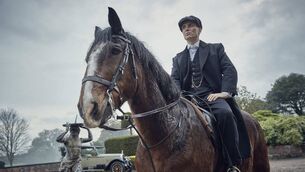JFK and the making of an American myth
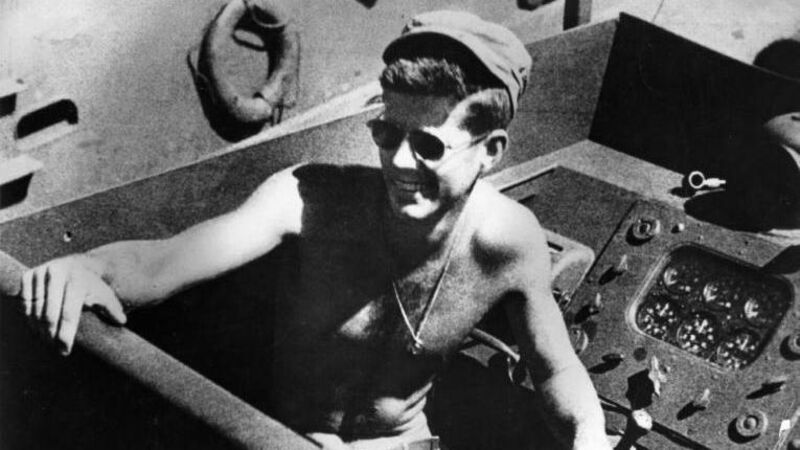
John F. Kennedy posed in boat PT 109 with his arm resting on the steering wheel. Pic: The John F. Kennedy Presidential Library and Museum, Boston
- JFK: Volume One
- Fredrik Logevall
- Viking, €35
We all know how the story ended - the 35th President of the United States riding in an open-top limousine in Dallas, Texas just before his rendezvous with death. The manner of his death has come to define his life, transforming the handsome, enigmatic figure into an enduring legend. We know less about how it began, despite dozens of biographies written in the intervening years. They range from the scholarly but dull - Herbert Parmet’s two-volume biography published between 1980 and 1983 - to the racy: The Fitzgeralds and the Kennedys by Doris Kearns Goodwin (1987), a wickedly entertaining family history.
One of the first biographies was Kennedy by Theorore Sorensen (1965) – a unique perspective on his presidency written by the President’s long-time adviser and speechwriter. That same year also saw published A Thousand Days: JFK in the White House by Arthur Schlesinger Jr, who served as special assistant to the President. An Unfinished Life: JFK 1917-1963 by Robert Dallek, published in 2003, is among the most comprehensive of the biographies so far.
Then, of course, there were the conspiracy theories surrounding his death. Was Lee Harvey Oswald the sole killer and, if not, who was behind it? Former Los Angeles District Attorney Vincent Bugliosi estimated that a total of 42 groups, 82 assassins, and 214 people had been accused at one time or another in various conspiracy scenarios. These include the CIA, the Mafia, Vice President Lyndon B. Johnson, Cuban leader Fidel Castro, and the KGB.
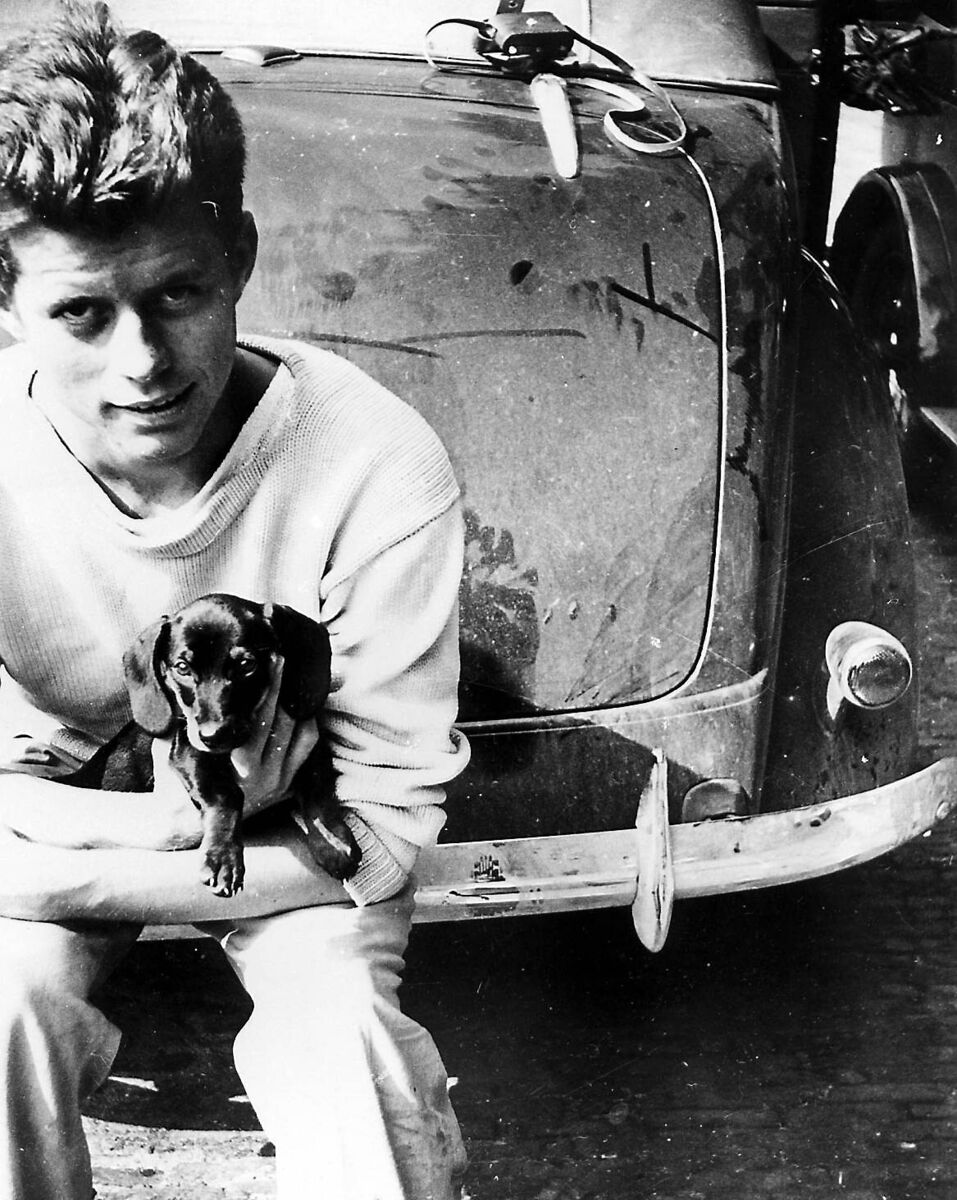
Robert Dallek (Camelot's Court) along with fellow historians Larry Sabato (The Kennedy Half-Century) and James Swanson (End of Days) have each offered a dramatic retelling of the president's assassination. So, surely we don’t need another biography, let alone a two-volume one? This is what is on offer by Pulitzer-prize winning historian Fredrik Logevall. His JFK Volume 1 ends in 1956, with Kennedy a rising star in the Democratic party and priming himself for a run at the presidency in 1960.
It turns out that we do. The Harvard professor offers a compelling narrative of Kennedy's life and such are Logevall’s eloquence and storytelling powers that, even though we all know the story’s tragic ending, he provides often overlooked detail about how it all started. He reveals the future president to be less skittish and far more savvy and independently minded than we have been led to believe. He also renders him less mythological and more accessible and familiar.
This volume spans the first 39 years of JFK’s life to reveal his early relationships, his formative experiences during World War II, his relationship with a cool and distant mother, and an overbearing and bullying father.
Most importantly, he places the young and ambitious Kennedy squarely in the context of major international events and serves as a vignette of American history in the mid 20th century, charting the rise of the US as a superpower within a few months of entering the war in 1941 after the Japanese bombed the American fleet in Pearl Harbor, Hawaii. Indeed, almost half the book is devoted to the war and tracks in unprecedented detail the extraordinary achievement of America’s wartime industrial base. The numbers are, as Logevall recounts it, startling. Beginning in 1942, huge numbers of American factories turned to manufacturing for the war. “Often they operated around the clock, every day of the week. Auto plants made bombers; typewriter companies turned out rifles; dress factories sewed military uniforms. Over the course of the conflict, US factories turned out roughly 300,000 airplanes, 102,000 armoured vehicles, 77,000 ships, 20 million small arms, six million tons of bombs, and nearly 40 billion rounds of small-arms ammunition.”
John Fitzgerald Kennedy was born in Boston in 1917 to a wealthy Irish Catholic family. His father, Joseph Patrick Kennedy, made his fortune by importing Scotch whisky and gin from the UK, before turning his hand to banking. His real wealth, though, came when he went into the movie business, buying a failing Hollywood studio in the 1920s and pumping out cheaply-made but lucrative B movies. By 1935, his wealth was estimated at $180 million (equivalent to around $3.4 billion today).
The Kennedy patriarch was a brilliant businessman but showed poor political judgement. Appointed by President Franklin D. Roosevelt as US ambassador to Britain, he served from 1938 until late 1940. With the outbreak of war in September 1939, Kennedy Senior was pessimistic about Britain's ability to survive German attacks and supported appeasing Hitler, concluding that fighting fascism would be too expensive.
It was the patriarch’s fortune that was to fund the ambitions of Joe Kennedy Jr, the eldest of nine children and the one his father had chosen as his heir apparent. Those ambitions ended abruptly and violently when the US Navy plane he was piloting exploded and crashed in flames in England in 1944. He had been testing a very rudimentary drone programme called Operation Aphrodite.
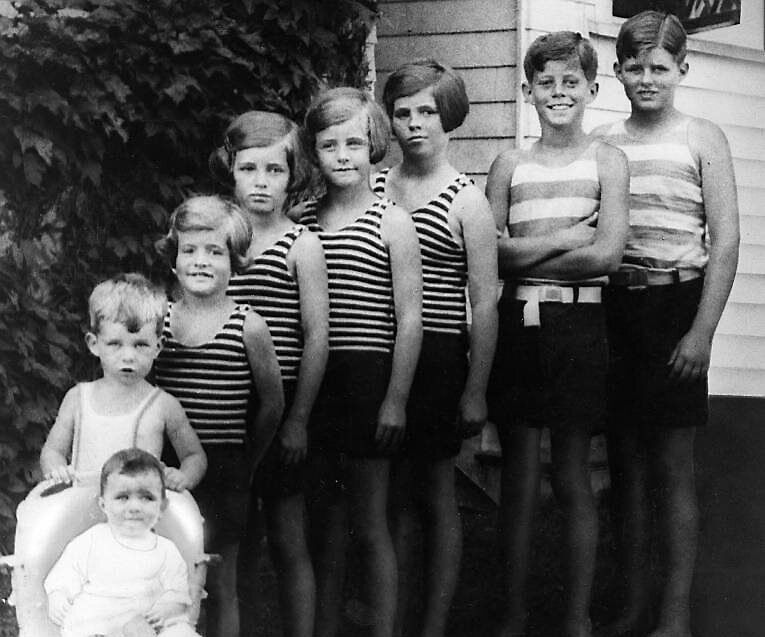
Before his older brother’s death, JFK had served as his father’s assistant at the embassy in London, witnessing the demise of Prime Minister Neville Chamberlain and the emergence of Winston Churchill whose brilliant rhetoric inspired and energised the young Kennedy. He published an account of the ill-fated policy of appeasement, Why England Slept. It became a bestseller on both sides of the Atlantic.
Like his older brother, he joined the US Navy in 1941 and was stationed in the Solomon Islands in the South Pacific during the war. Less than two years later, he came close to death when a Japanese gunboat rammed his naval patrol boat in the South Pacific. Kennedy and most of his crew were thrown into the water and two were killed. At one stage, he scratched an SOS message on a coconut shell. He was decorated for heroism in helping to rescue the surviving crew members. He later used the coconut shell as a paperweight in the Oval Office.
After the war, political ambitions beckoned. His Hollywood looks and easy charm didn’t hurt, but they were matched by intellectual rigour and a way with words. While it was widely believed that his 1956 Pulitzer Prize-winning book, Profiles in Courage, was ghostwritten by Theodore Sorensen, Logevall argues convincingly otherwise, insisting that although Sorensen certainly improved Jack’s prose, grammar and atrocious spelling, the insights and direction came from Kennedy.
One of the most endearing features of the book is how Logevall has managed to reveal the young, often distracted Harvard student who cared little for sartorial elegance. “More often than not, it would be a baggy tweed jacket, wrinkled khakis, and mismatched socks and scuffed shoes. This disheveled manner of dress would remain a hallmark well into adulthood.” He was equally cavalier about material possessions, regularly losing expensive wristwatches, golf clubs and his driving licence but staying focused on his ambitions - and his desires. “Jack kept his focus on his courses, laying the groundwork for his thesis and his pursuit of women - not necessarily in that order.”
Logevall also reveals the darker side of the Kennedy family. Bullied by Joe Sr, his children were expected to strive and compete against one another, whether it was tennis, sailing, or simply garden games. Jack’s sister, Rosemary, who had a learning disorder, could never match her siblings. As a young adult, she became prone to violent outbursts and the chosen ‘solution’ was a pre-frontal lobotomy at the age of 23. The surgery destroyed most of Rosemary's remaining mental capacity and she spent the rest of her life in a Catholic institution in Jefferson, Wisconsin, hidden from view by her parents.
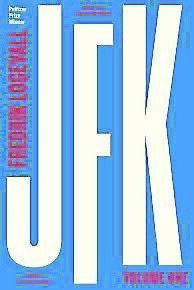
Filling out what filmmakers would call ‘the back story’ of JFK’s life, Logevall shows how extraordinary it is that he ever became President. A sickly, puny youngster with a variety of medical ailments. Kennedy suffered from Addison's Disease, which often proved fatal in the 1960s. He also suffered from colitis, prostatitis, and osteoporosis of the lower back, which was so severe he struggled to bend over.
He received the Last Rites of the Catholic Church four times in his life, first in 1947 after becoming seriously ill in England, and next in 1951 when he suffered a dangerously high fever in Japan. Jack Kennedy was given them again in 1954 after back surgery and lastly on November 22, 1963.




